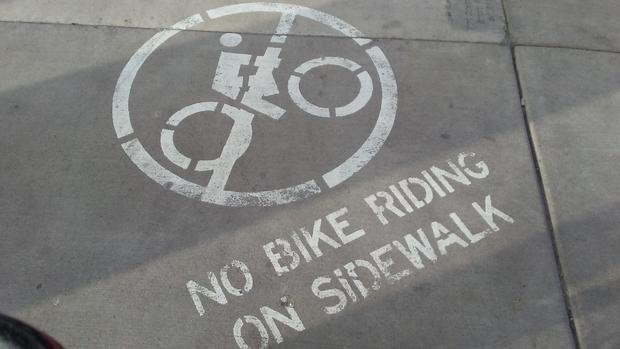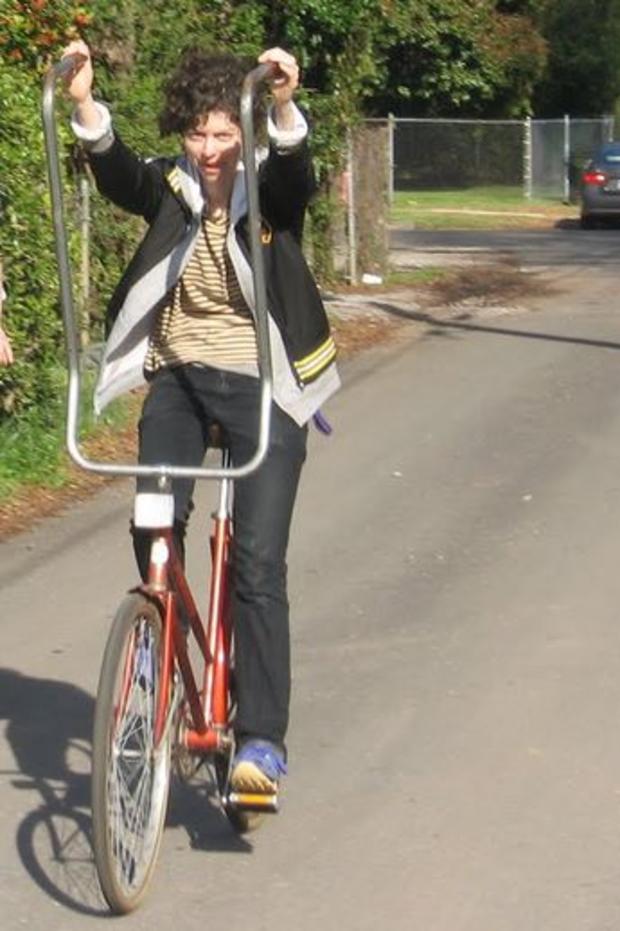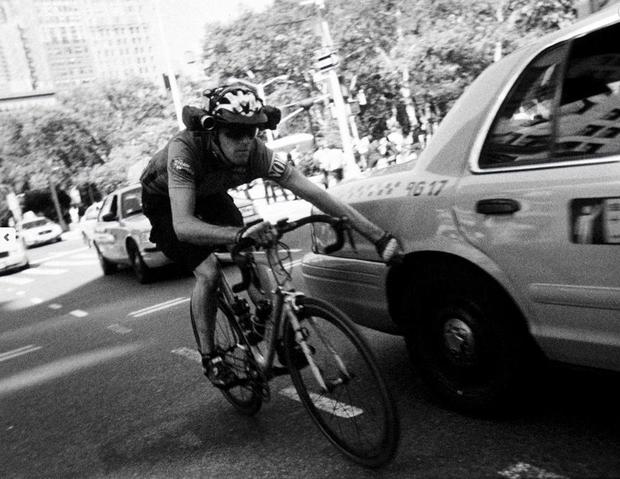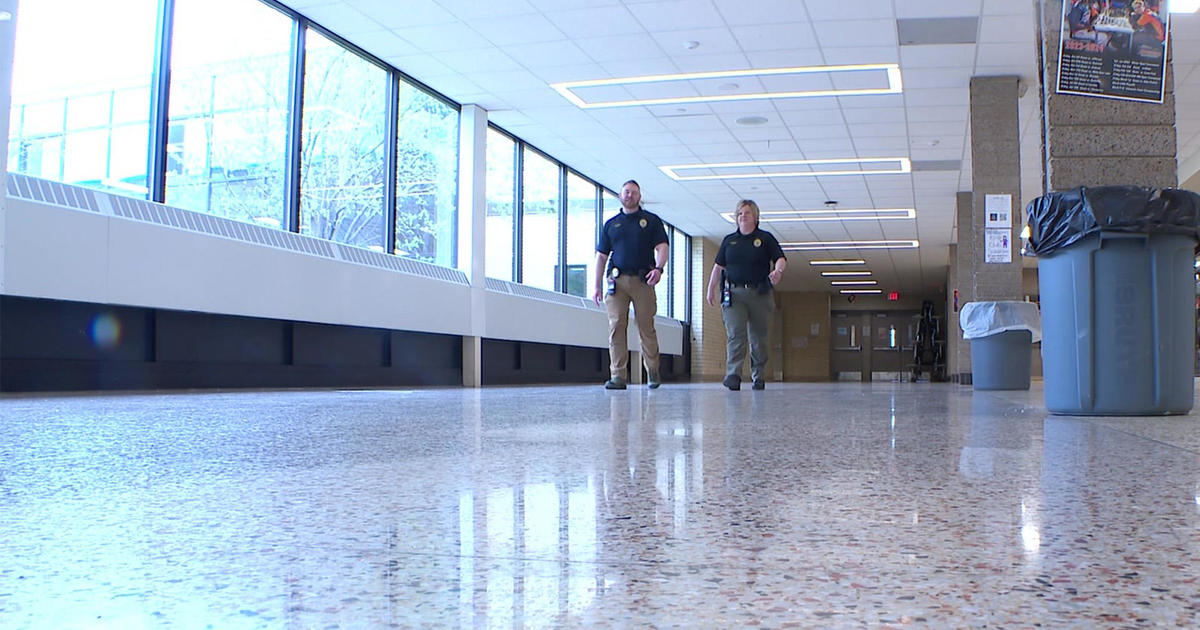Guy On A Bike: Cycling Scofflaws
In my last blog I wrote about the Idaho stop law, which allows cyclists (in Idaho) to yield at stop signs and proceed through red lights, under certain conditions. While many cyclists already practice this riding methodology in Minnesota, it is currently illegal to do so. Cyclists are considered traffic and, therefore, required to adhere to the same rules of the road as motorists, in addition to a few others. And, just like people behind the wheel, some cyclists break the law. Through public data requests and some old fashioned research, I have come up with some interesting facts and anecdotes about cycling laws broken in Hennepin County, Minnesota's most populous.
Before I get too far into this, I want to be clear: I'm a cyclist and an advocate of riding as both a method of transportation and for leisure. Few things bring me as much joy as pedaling through my beautiful city or grinding gravel alongside bucolic Minnesota scenery. This blog isn't meant to condemn cyclists, but rather to acknowledge that people on bikes are people. And, some people break laws. Some don't. In fact, I'd go so far as to suggest the majority of cyclists are law-abiding.
The empirical data seems to verify my hypothesis, or at least suggest that bicycle-riding violations are such low-level crimes that they are simply not enforced by police. For example, according to court records from 2015, only 47 citations were issued to cyclists in all of Hennepin County. Per a report by the Census Bureau, approximately 8,400 people commuted to work by bicycle in Minneapolis in 2012 (a number which has, presumably, increased since then). If you figure the average worker has 235 work days and has to ride twice daily (both to and from work) that results in nearly 4 million rides annually in Minneapolis alone, and that doesn't include any rides for leisure. Even if you cut that number in half (to account for weather and other factors) there were still only 47 tickets issued for more than 2 million rides. That comes out to only one citation being issued for every 42,553 rides.
Plenty of cyclists do break the law, and a majority of those people get away with nary a citation. Based on the data I have compiled the violations most likely to result in a citation include riding at night without the proper equipment (e.g. lights/reflectors), failure to obey a stop sign/traffic light, and riding on the sidewalk.
In 2015, 13 citations were issued in Hennepin County for failure to have proper equipment at night. According to the state statue, a cyclist riding at night is required to have a "lamp which emits a white light visible from a distance of at least 500" and "a red reflector…which is visible from all distances from 100 feet to 600 feet to the rear." Note that a rear light is not required by state law, although I would suggest not having some sort of light in the front and read is a poor choice if you are going to ride after dark.
One evening in March 2015, Guy Tarrents was riding his bike in SE Minneapolis when he was struck by a hit & run driver. His injuries were so severe that he was taken to HCMC, where Tarrents underwent surgery to have a rod and three screws inserted into his hip. While the driver that struck him committed a felony for fleeing the scene, police officers still issued Tarrents a citation for failing to ride with the proper lights and reflectors. The police report states the cyclist was wearing black and had no lights on the bike, despite telling police that the batteries had simply died on his lights.
Cyclists are required to stop at all stop signs and stop lights in Minnesota. As noted in my previous blog, a cyclist who stops at a red light can proceed if the light is malfunctioning or "continues to show a red light for an unreasonable time."
It isn't illegal to ride a bicycle on any sidewalk. After all, you can't expect Emma and Liam to take their little bikes, equipped with streamers and training wheels, into the street for their maiden voyage. But, it is unlawful to ride on the sidewalk within a business district (e.g. downtown). Last year, 7 cyclists learned that the hard way in Minneapolis, after being issued citations by the city's finest.
One thing a cyclist will not be arrested/cited for in Minnesota is DWI. Minnesota law states that the intoxicated operator must be using a motor vehicle, which is defined as something that moves without human power. So, as long as you don't have some sort of engine or electric assist you will not face a DWI. That being said, riding while drunk is a bad idea and can still lead to a run-in with the law. An intoxicated cyclist from Lino Lakes learned this when he, quite literally, ran into police.
In the early morning hours of of June 26, 2014 uniformed officers were managing a "boisterous crowd of patrons outside of Brothers Bar," according to a public Minneapolis Police report. Kyle Heaser was among the crowd, riding a BMX bicycle in the street. Officers observed him ride into a construction sign, just before he crashed into a uniformed bicycle patrol officer. He submitted to a breathalyzer and blew a .138, which is well over the .08 limit for driving. But since he was on a non-motorized bicycle he was only cited for careless driving and failure to use lights and reflectors.
Perhaps one of the most surprising citations issued to a cyclist in Hennepin County last year came courtesy of the Orono Police Department. Someone was cited for operating a bicycle with an illegal handlebar height. The corresponding statute states: "No person shall operate…any two-wheeled bicycle equipped with handlebars so raised that the operator must elevate the hands above the level of the shoulders in order to grasp the normal steering grip area." Typically this is only something you'll see on cruiser-style bikes. (The photo, courtesy of the Bike Thing blog, is only an example and not the offending bicycle or cyclist.)
Lastly, skitching, or clinging to a vehicle while on a non-motorized conveyance, is illegal in the great state of Minnesota. This practice was popularized by the Michael J. Fox 30 years ago, when he skitched with a skateboard during a scene in Back to the Future. Today, bicycle skitching is most common among alley cat racers, in order to give themselves a leg up on the competition. (Alley cat races are unsanctioned races popular among the bicycle messengering community where most of the above laws are frequently broken.)






